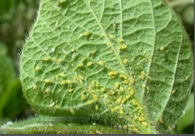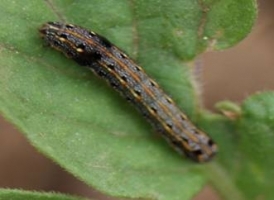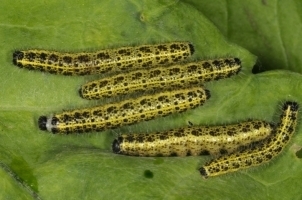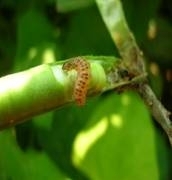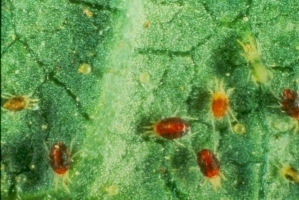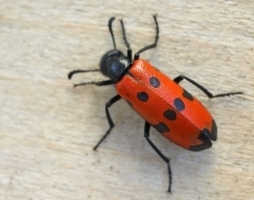General Information
It is one of the most important pulse crops of India. It is rich source of protein and phosphoric acid. It is used as daal and it is important ingredient of breakfast. In India, major mash areas are Madhya Pradesh, Uttar Pradesh, Punjab, Maharashtra, West Bengal, Andhra Pradesh and Karnataka.

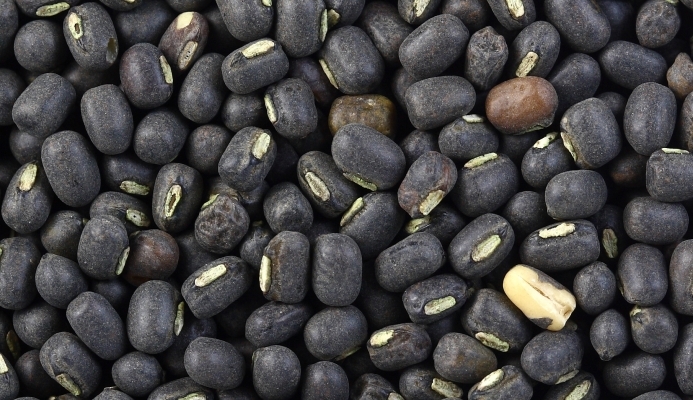








.png)
.png)
